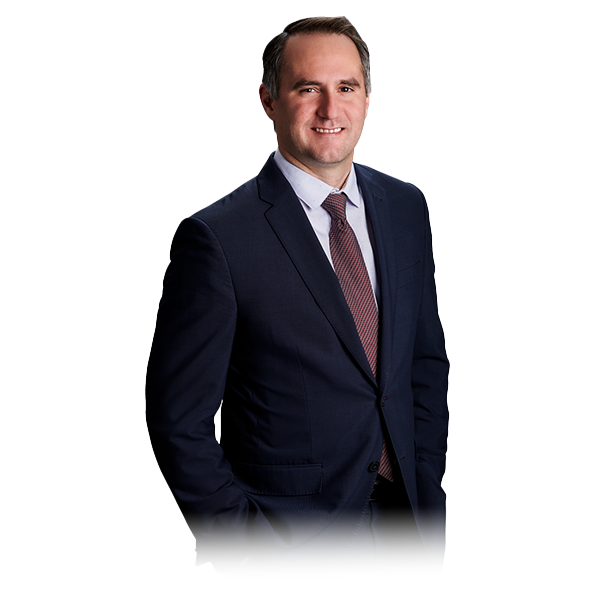The AIDRS Open Information and Q&A Session held January 14, 2016 suggests that those in the auto insurance industry can expect significant changes to the dispute resolution system beginning April 1, 2016.
As of April 1, 2016 all new disputes over benefit denials will be proceed through the Licensing Appeals Tribunal (LAT) – with the possible exception of additional denials relating to claims already in Arbitration as FSCO. All existing FSCO arbitrations commenced by March 31, 2016 will continue at FSCO, not only to hearing, but also through appeal. That means that any arbitration started at FSCO might continue in the system for 3 to 5 further years, factoring in delays in setting pre-hearings, hearings, obtaining decisions, and dealing with appeals from these decisions. It is not clear how the system will transition out of mandatory mediation for April 1, 2016, where a failed or deemed failed mediation is required to file an arbitration at FSCO, but not required at the LAT. As of April 1, 2016, there will be no further opportunity to issue accident benefit claims in court for accident benefits, even to accompany a companion tort claim.
The new LAT system will bear little resemblance to its predecessor. While updated Regulations are expected within the next week or so, some of the most likely changes appear to be set. The highlights of the new processes as they stand now are as follows:
1. Following the denial of a SABS claim the Claimant may submit an application for dispute resolution to the LAT. There will be no requirement for mandatory mediation before the Application.
2. Upon receipt of the Application an assessment will be completed by LAT staff. They will have the ability at this stage to refer the file to a Vice Chair if there are jurisdictional questions. The Vice Chair will make a determination on jurisdictional issues. Insurers who have jurisdictional concerns must address the immediately or else these opportunities will likely be lost.
3. The insurer will prepare and file a written Response to the Application, and the matter will be set for a Case Conference within 45 days of receipt of the Response. This response needs to be substantive rather than boiler plate, where it appears that a preliminary determination of the stream will be set by the LAT staff based on the Application and Response contents.
4. 10 days prior to the Case Conference both parties will deliver comprehensive Case Conference Briefs, containing the particulars of the claim, the party’s position, relevant supporting documentation and a settlement offer (if applicable).
5. The Case Conference will be conducted with an Adjudicator who will have the authority to grant procedural Orders (i.e. decisions on preliminary motions). The Case Conference Adjudicator will also determine the appropriate stream for the hearing should the matter not settle. It is expected most Case Conferences will be conducted by phone and will be approximately 1 hour long.
6. Hearings are to occur within 60 days of the Case Conference in the majority of cases. The 3 streams of hearings are Written, Video/Teleconference and In- Person. It is expected that only 10% of hearings will be In Person. Decisions will be provided as follows: within 30 days of Written Hearing; 45 days of Video/Teleconference Hearing; 60-90 days of In-Person Hearing.
7. There is no Appeal within the LAT, and the only right of Appeal will be to Divisional Court on errors of law. The Judicial Review process will also proceed as normal.
The LAT will not be bound by previous FSCO decisions, and they advised these decision would, at best, be considered as one of many factors in a decision. Decisions of the LAT will be posted on Canlii’s web site, but not on an internal site as is currently the case at FSCO. The clear message from the Information Session was to expect significant changes in terms of the practice and culture of the new Tribunal, which will be staffed out of 393 University Avenue, and with Toronto based hearings of the LAT taking place at 20 Dundas Street West.
We continue to prepare for these changes to ensure that our lawyers and clients have the information necessary to hit the ground running as the new system is implemented.













